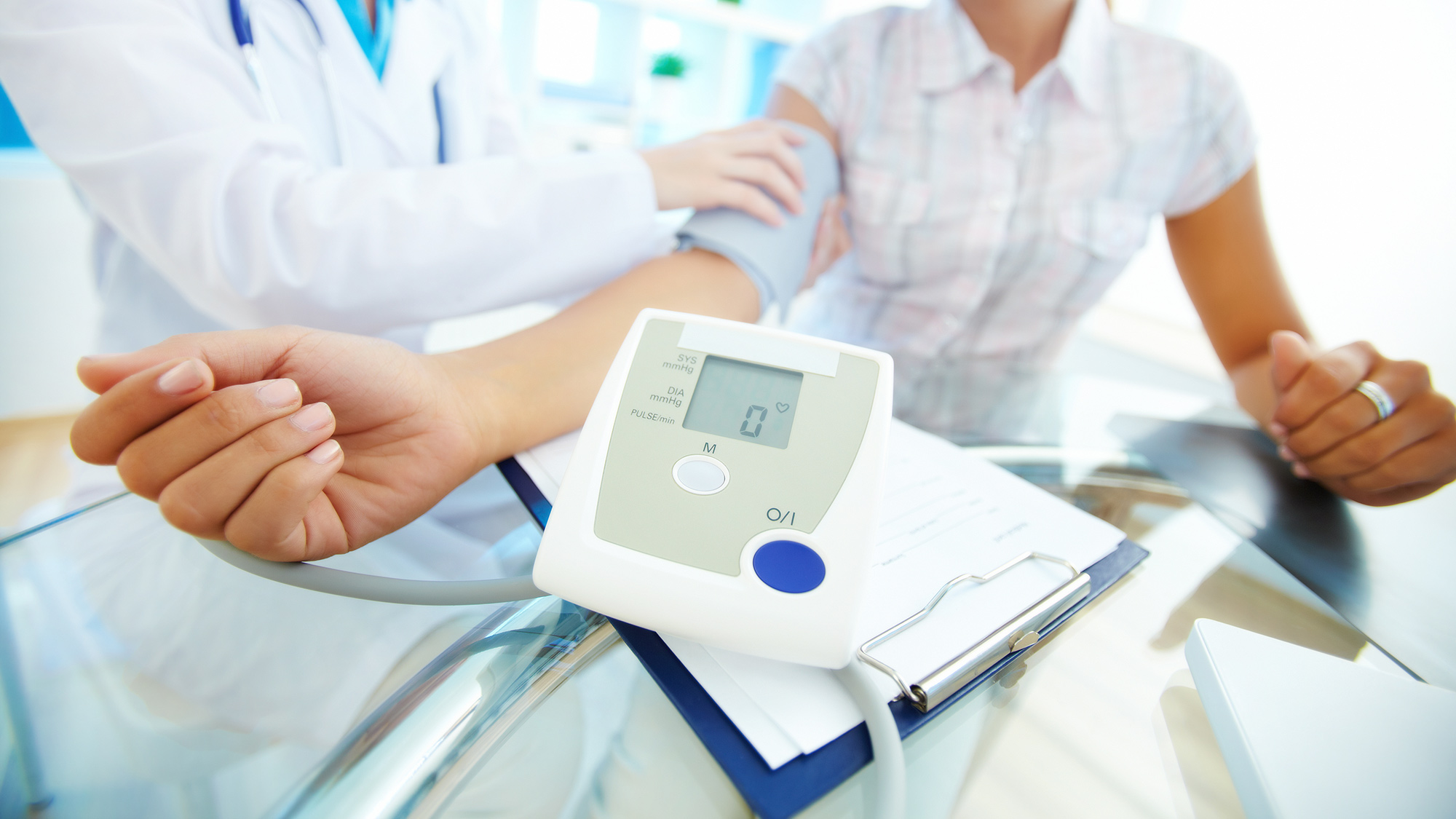Defining a Medical Device: Understanding Key Distinctions from Laboratory Equipment

21 Oct 2024
Navigating the Regulatory Landscape to Ensure Compliance and Patient Safety
The distinction between a medical device and laboratory equipment is not just a matter of terminology—it's a critical differentiation that has significant regulatory implications. As medical technology continues to advance, manufacturers are increasingly faced with the challenge of categorizing their products correctly to ensure compliance with stringent regulatory standards.
This article will clarify the essential differences between medical devices and laboratory equipment, helping manufacturers understand how to properly classify their products and navigate the complex regulatory landscape.
What Defines a Medical Device?
A medical device, by definition, is an instrument, apparatus, implement, machine, implant, or similar article that is intended by its manufacturer to be used for medical purposes. These purposes can include the diagnosis, prevention, monitoring, treatment, or alleviation of disease, as well as the support or modification of anatomical structures or physiological functions. The key factor here is the intended use of the product—if it is meant to directly affect patient care, it is classified as a medical device.
For example, a blood pressure monitor is a medical device because it is used to diagnose and monitor a patient's blood pressure, which is a critical health indicator. Similarly, a surgical laser is considered a medical device because it is used in procedures that directly impact a patient's health, such as cutting or coagulating tissue.
Laboratory Equipment: A Different Role
On the other hand, laboratory equipment is generally intended for use in research, experimentation, or analysis within a controlled laboratory environment. These devices do not interact directly with patients but are used by scientists, researchers, or laboratory technicians to study samples, conduct experiments, or analyze data.
An example of laboratory equipment is an incubator used for cell culture in a research setting. While it maintains precise environmental conditions necessary for the growth of microorganisms or cells, it does not have a direct impact on patient care. Another example is a polymerase chain reaction (PCR) machine, which is widely used in laboratories for genetic analysis and research but does not directly affect patients.
Key Factors in Differentiation
The primary distinction between medical devices and laboratory equipment lies in their intended use. Medical devices are designed to be used in clinical settings by healthcare professionals to diagnose, monitor, or treat patients. Laboratory equipment, however, is used in research settings, focusing on scientific analysis rather than direct patient care.
Another critical factor is patient interaction. Medical devices often have direct or indirect contact with patients, whereas laboratory equipment typically does not. For instance, a medical incubator used in a neonatal intensive care unit (NICU) directly impacts patient care by providing a stable environment for premature infants. In contrast, a laboratory incubator is used for growing cells or microorganisms in a research lab, with no direct patient interaction.
Regulatory Implications
Understanding the distinction between medical devices and laboratory equipment is crucial because each category is subject to different regulatory requirements. Medical devices are heavily regulated due to their direct impact on patient health and safety. Regulatory bodies like the U.S. Food and Drug Administration (FDA) and the European Medical Device Regulation (MDR) have stringent guidelines for the development, testing, and approval of medical devices. These regulations are designed to ensure that medical devices are safe, effective, and reliable for patient use.
In contrast, laboratory equipment is subject to less stringent regulatory oversight, as these devices are not used directly in patient care. However, this does not mean that laboratory equipment is unregulated; they must still comply with standards that ensure accuracy, reliability, and safety in a laboratory setting.
Hybrid Devices: Navigating the Gray Area
In some cases, a single device may serve both medical and laboratory purposes, creating a gray area in terms of classification. These hybrid devices are often categorized based on their intended use and specific features. For example, a PCR machine used in both diagnostic and research applications may need to meet different regulatory standards depending on its use case.
Manufacturers must carefully consider the intended use of their product when determining its classification. This decision will dictate the regulatory pathway they must follow, including which standards to test against and what documentation is required.
The Importance of Proper Classification
Proper classification of a product as either a medical device or laboratory equipment is essential for ensuring compliance with regulatory requirements and safeguarding patient safety. Manufacturers must thoroughly understand the distinctions between these categories and make informed decisions about how their products will be used.
By clearly defining the intended use, understanding the regulatory implications, and considering patient interaction, manufacturers can ensure that their products meet the necessary standards and provide safe, effective solutions for healthcare professionals and researchers alike.
Navigating the complexities of medical device and laboratory equipment classification may be challenging, but with a clear understanding of the key factors involved, manufacturers can confidently bring their products to market, knowing they have met all necessary regulatory requirements.
